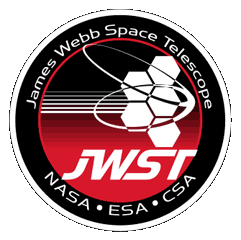Learn About NASA’s James Webb Space Telescope!
Hubble’s Successor
The James Webb Space Telescope (JWST) is a space-based infrared observatory that is the successor to the Hubble Space Telescope. The JWST offers improved resolution and sensitivity which can detect a wide range of wavelengths of light from red, through visible to mid-infrared. The JWST is a collaboration between NASA, ESA and Canada and is scheduled to launch in 2021 to the Sun – Earth L2 Lagrangian point.
James Webb Fast Summary Facts!
- Type: L2 Orbiter
- Destination: Sun – Earth point (L2)
- Status: Under Development
- Launch Location: Guiana Space Centre
- Launch Date: Early 2021
- Arrival Date: 30 Days after Launch
- Mission Duration: Planned 5 years, Goal of 10 years
Interesting Facts About The James Webb Space Telescope!
- The spacecraft is named after James E. Webb, a former Director of NASA between 1961 – 68, who strongly believed in NASA’s role leading exploration and science missions.
- The primary objectives of the JWST mission which are only possible in the infrared wavelength from space-based telescopes are;
- To observe the most distant events and objects in the universe, such as the formation of the first galaxies 13.5 billion years ago.
- It will also peer inside dust clouds where stars and planetary systems are forming today.
- Analyse the atmospheres of exoplanets.
- The JWST will be the biggest space telescope sent into space. Once deployed it will be 21.2 m (69.5 ft) by 14.2 m (46.5 ft) – that’s as large as a tennis court – and weigh 6,200 kilograms (13,670 lbs) at launch!
- The JWST is comprised of three elements, the instruments, the mirrors and the frame/sun shield.
- The large sun shield serves to separate and protect, the sensitive mirrors and instruments from heat from the Sun, Earth/Moon system and also the spacecraft bus.
- The sun shield is so effective that the telescope will operate at -225°C (-370 °F) while on the Sun side it will be 85°C (185 °F) – that’s like wearing sunscreen of SPF 1 million!
- Another element of the telescope is the JWST 6.5 m diameter primary mirror which is significantly larger than Hubble’s. This gives JWST around 6 ¼ times more collecting area and makes it 100 times more powerful!
- The mirror is built in segments, allowing it to fold up so it can fit into the shroud on top of the rocket.
- Once the mirrors were completed, a thin coating of gold is applied as this improves the mirror's reflection of infrared light!
- The JWST has to keep its four instruments super cold, so uses liquid Helium to chill them to enable the detection of the faint infrared light.
- Solar panels will supply 2000 watts power to the spacecraft's instruments.
- The JWST will be launched aboard a European Ariane 5 rocket in early-2021.
- Unlike the Hubble Space Telescope, the James Webb Space Telescope will operate from a Halo orbit taking 180 days to orbit the Sun – Earth L2 Lagrangian point (which is 4 times the distance to the Moon!).
- From the L2 point the entire celestial sphere can be observed and mapped over a year, but to stay in the unstable orbit JWST must perform small manoeuvres each month.
- The cost of the development and launch of the JWST was $9.7 billion! This is way over budget!
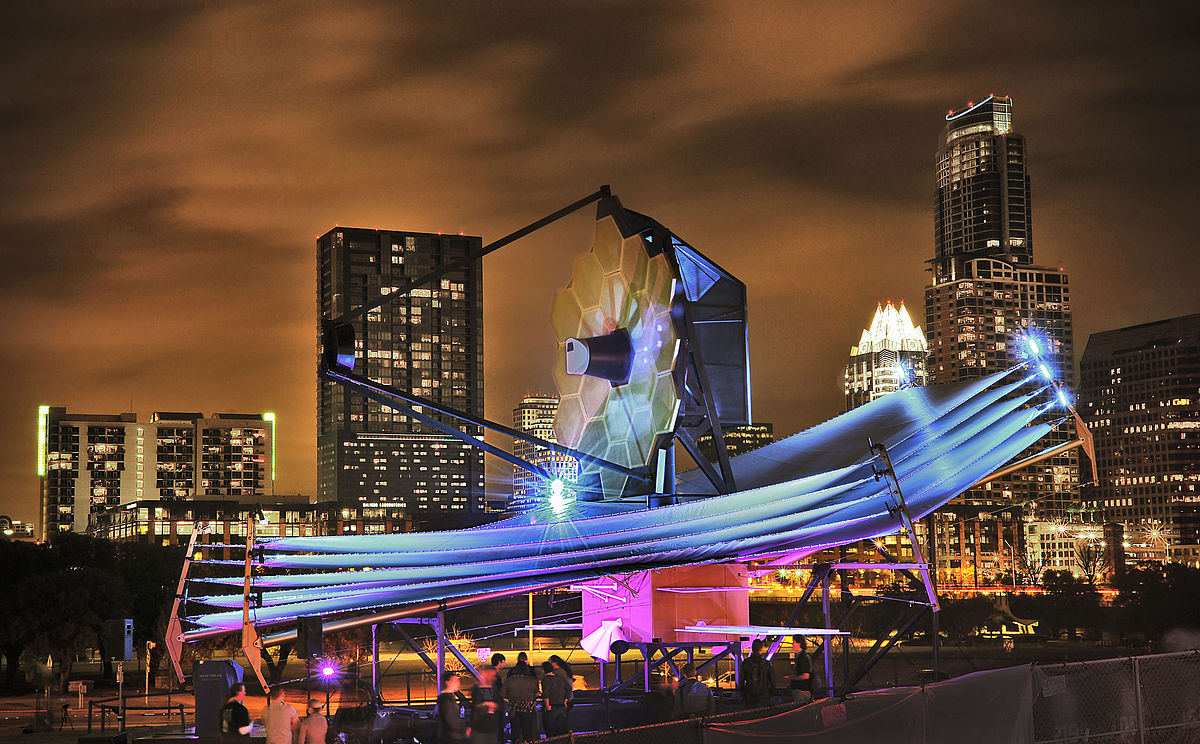
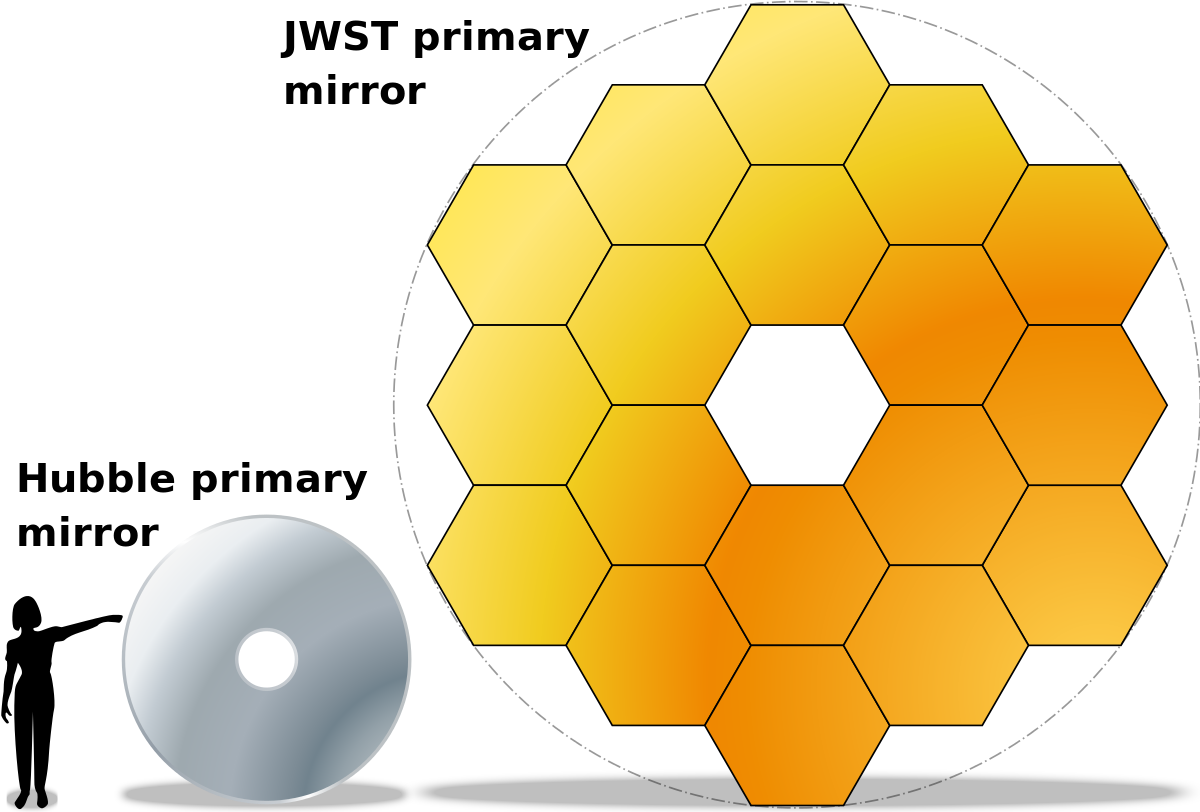
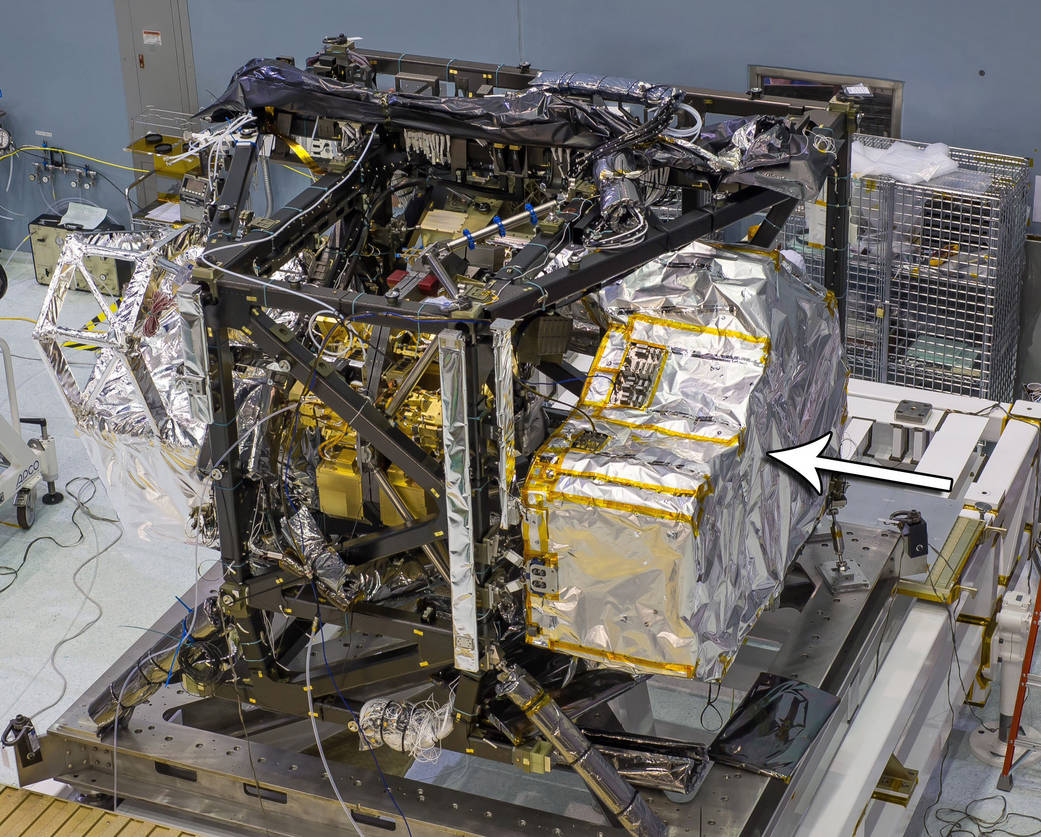
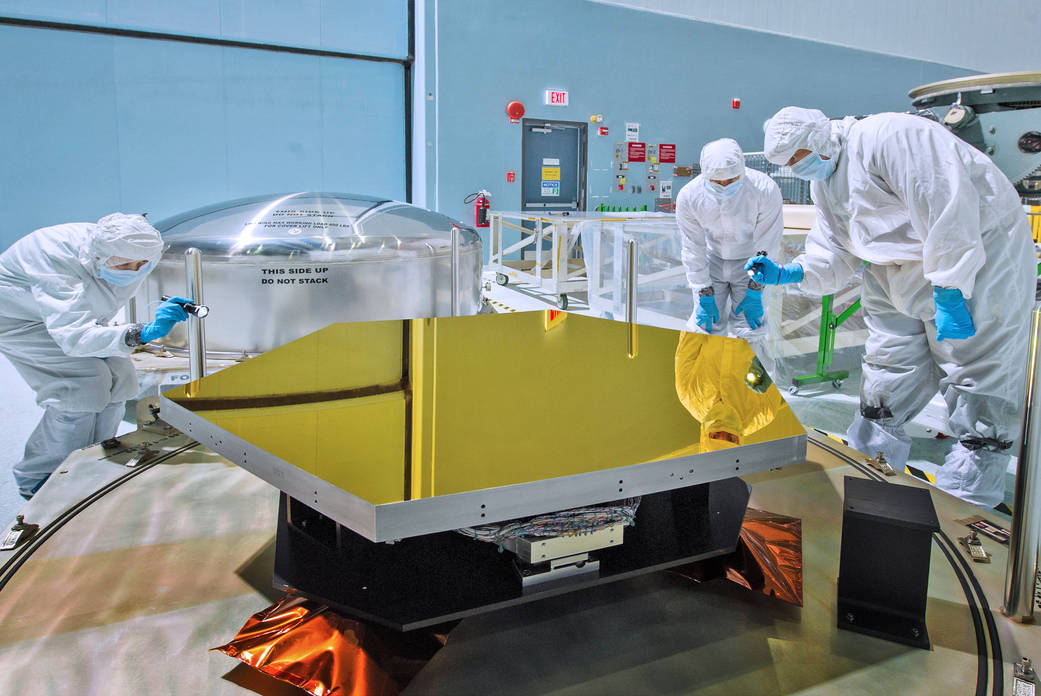
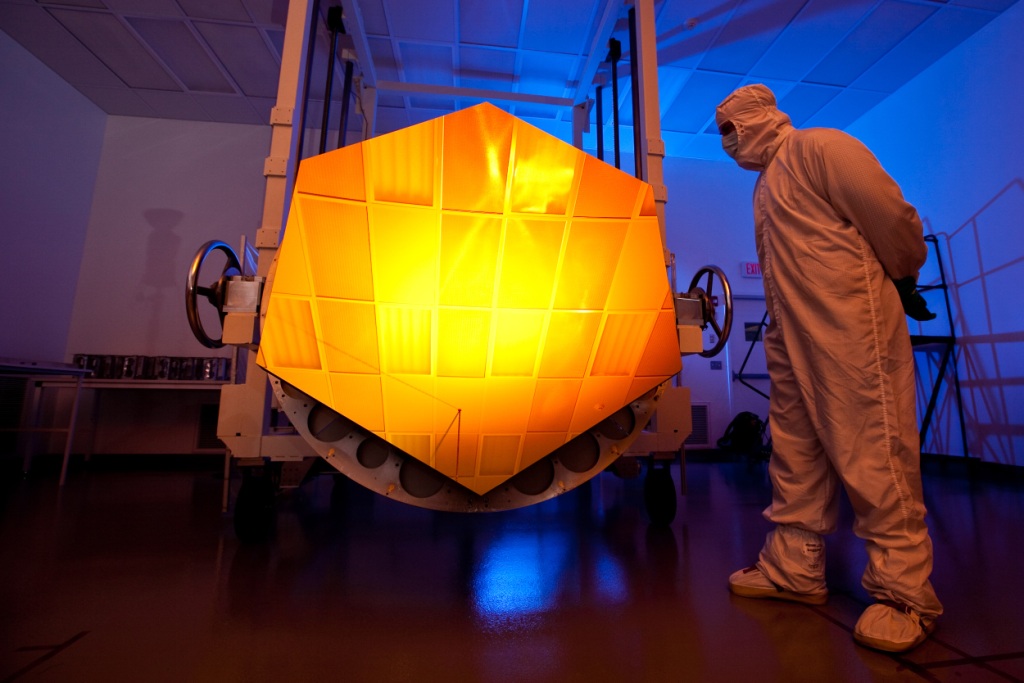
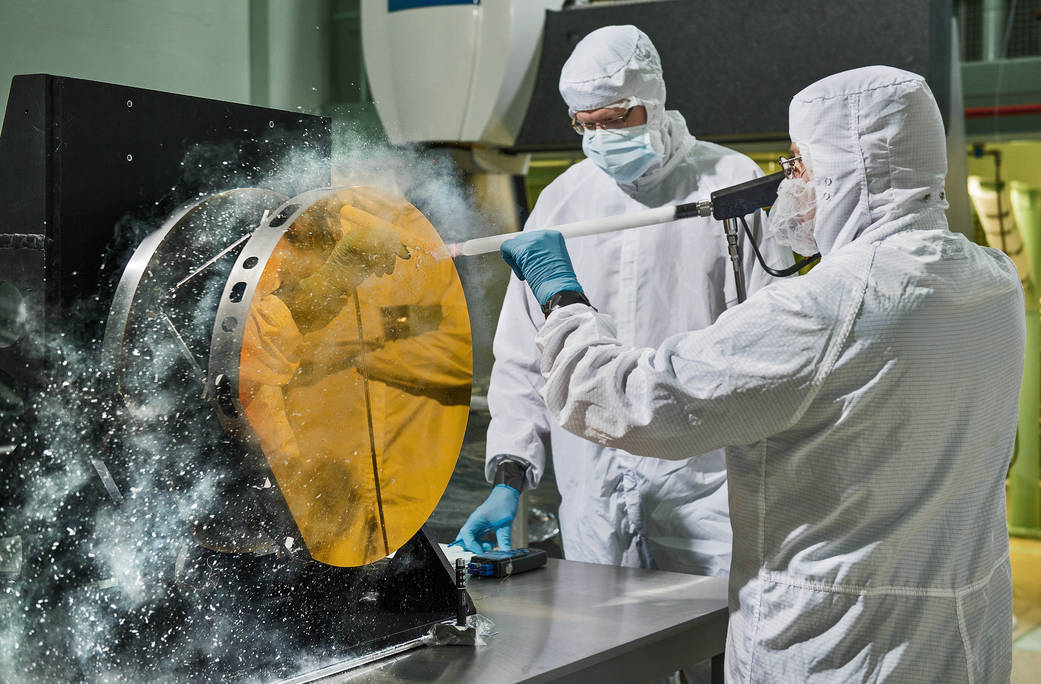
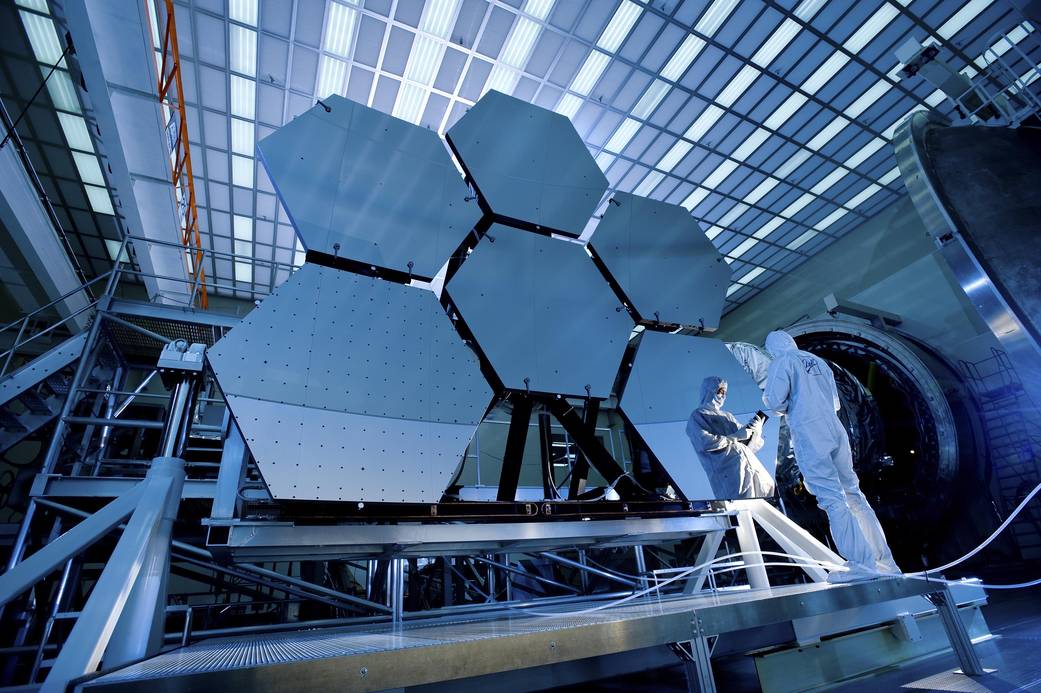
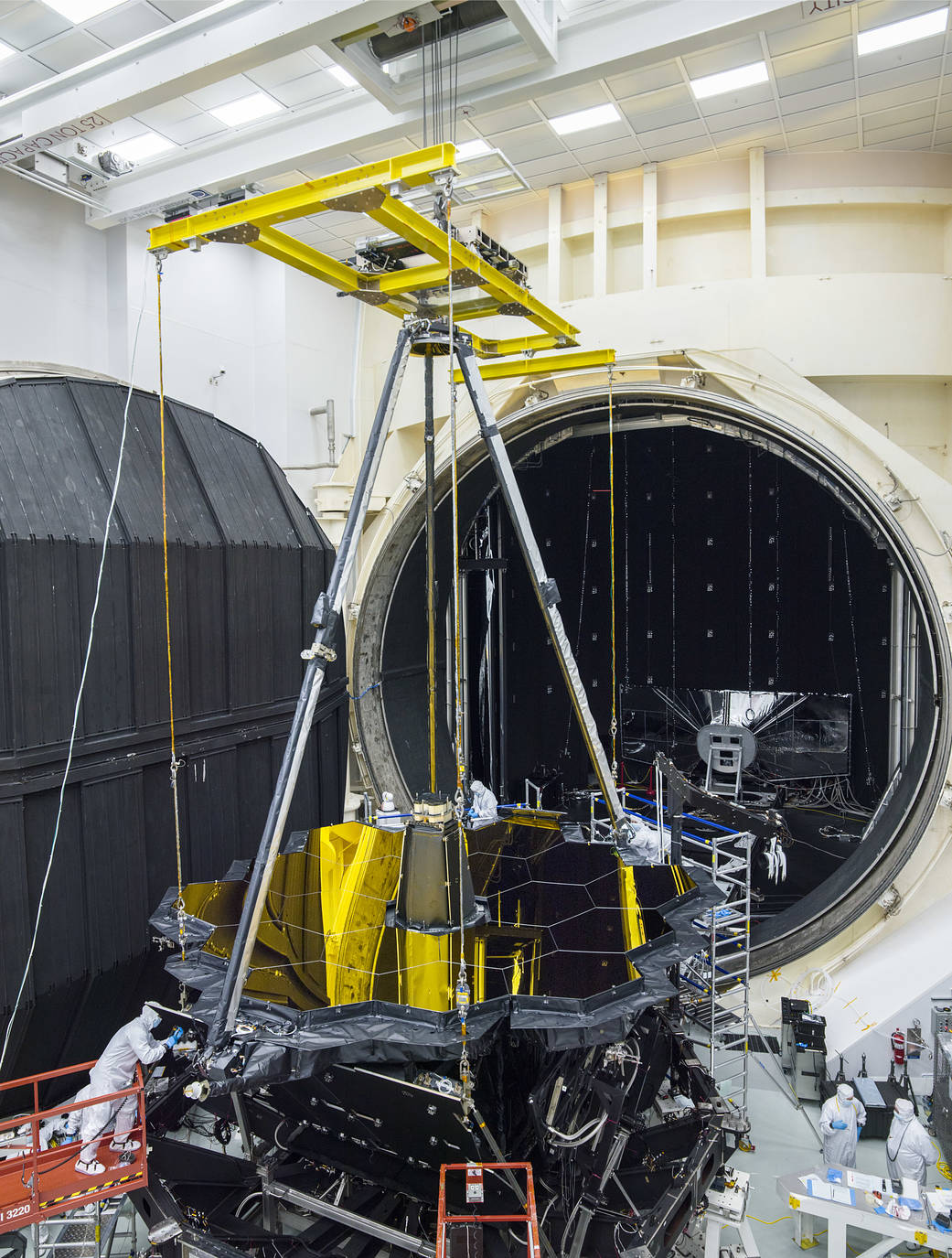
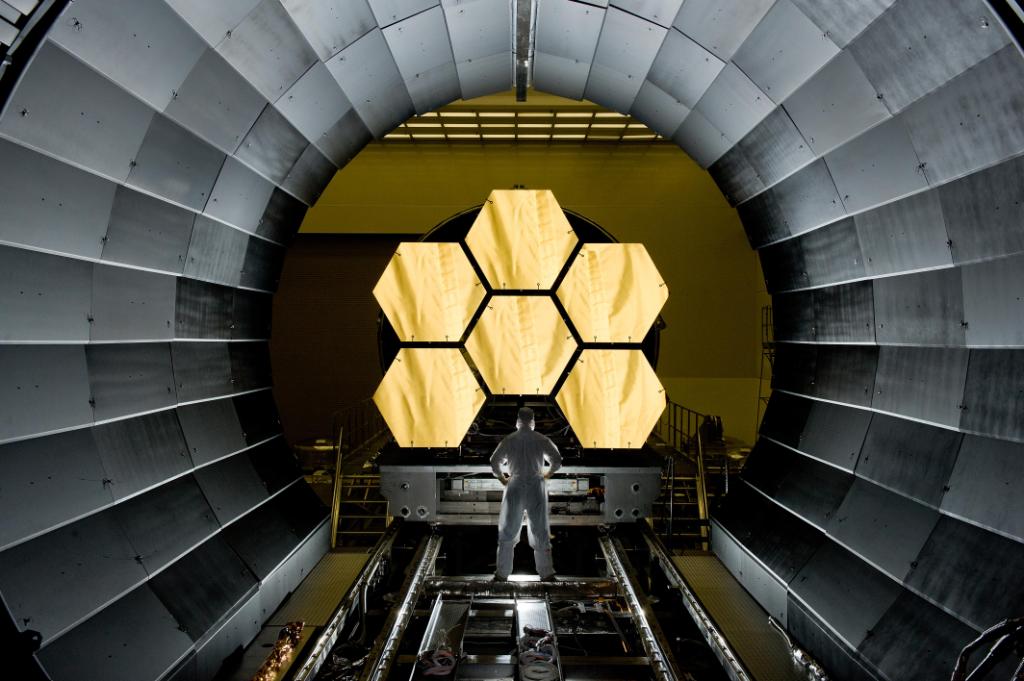
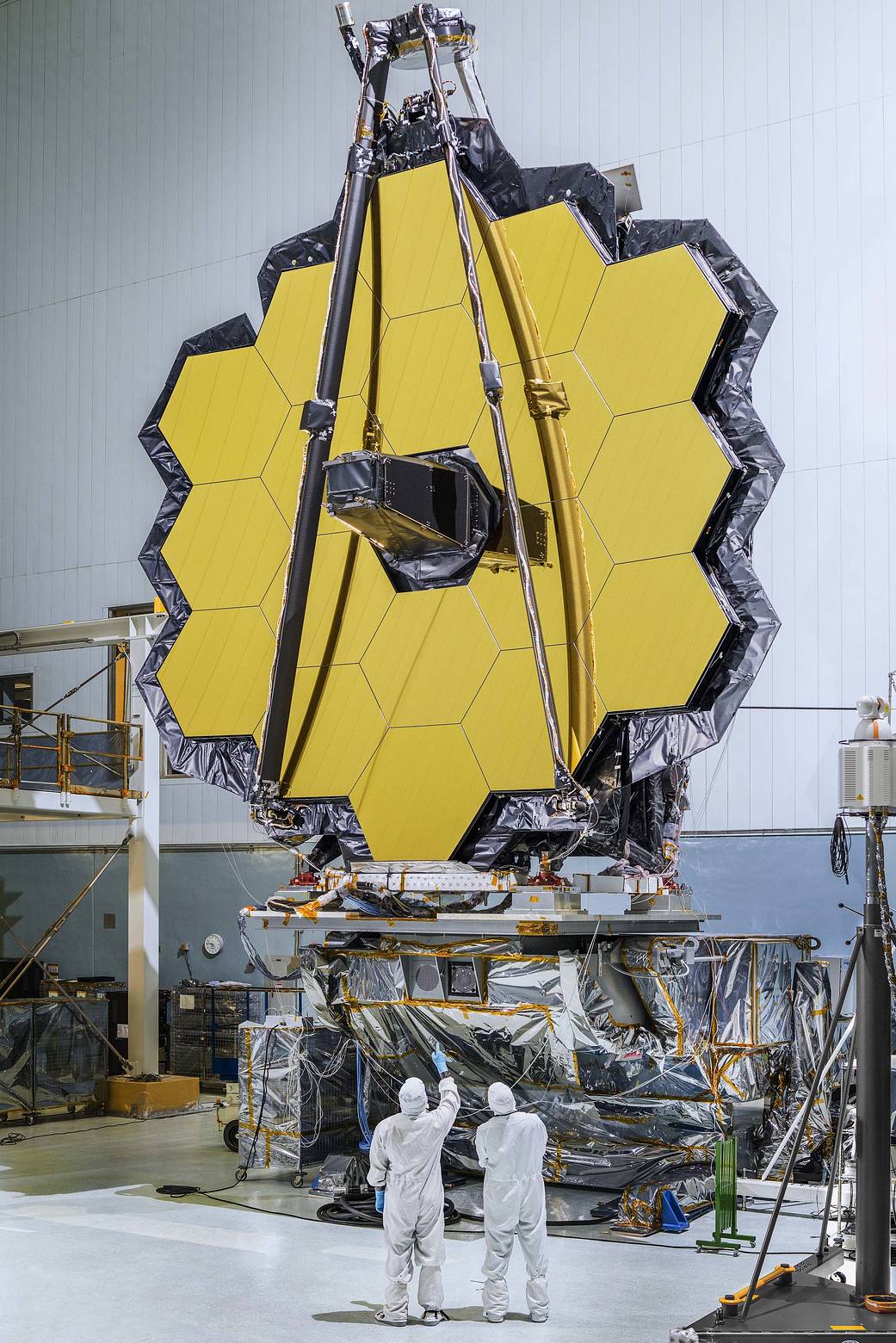
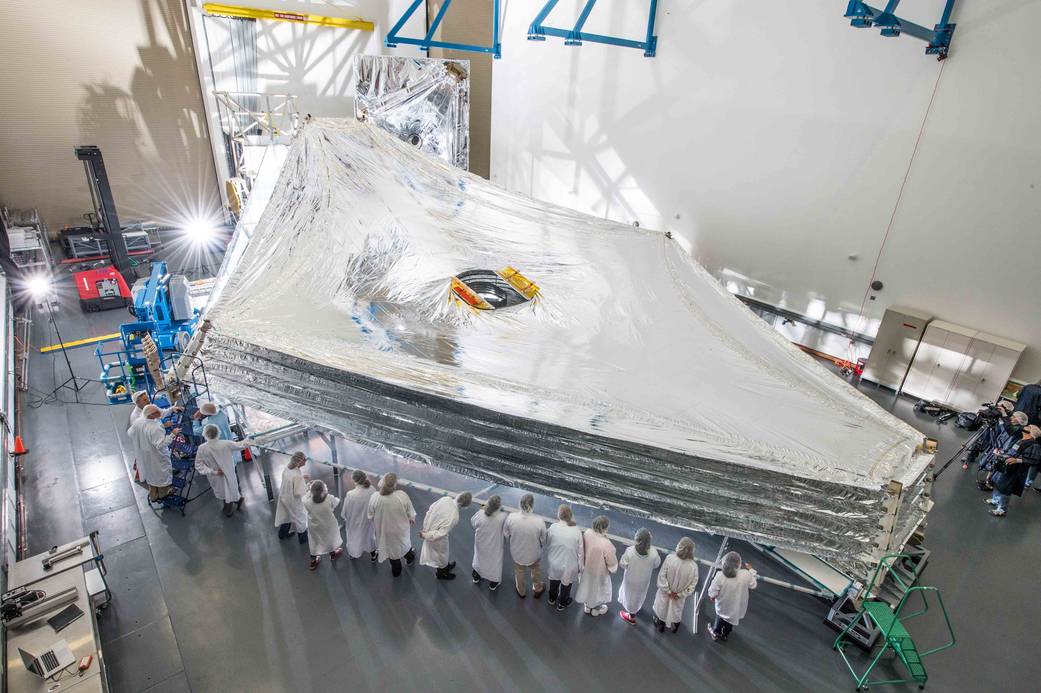
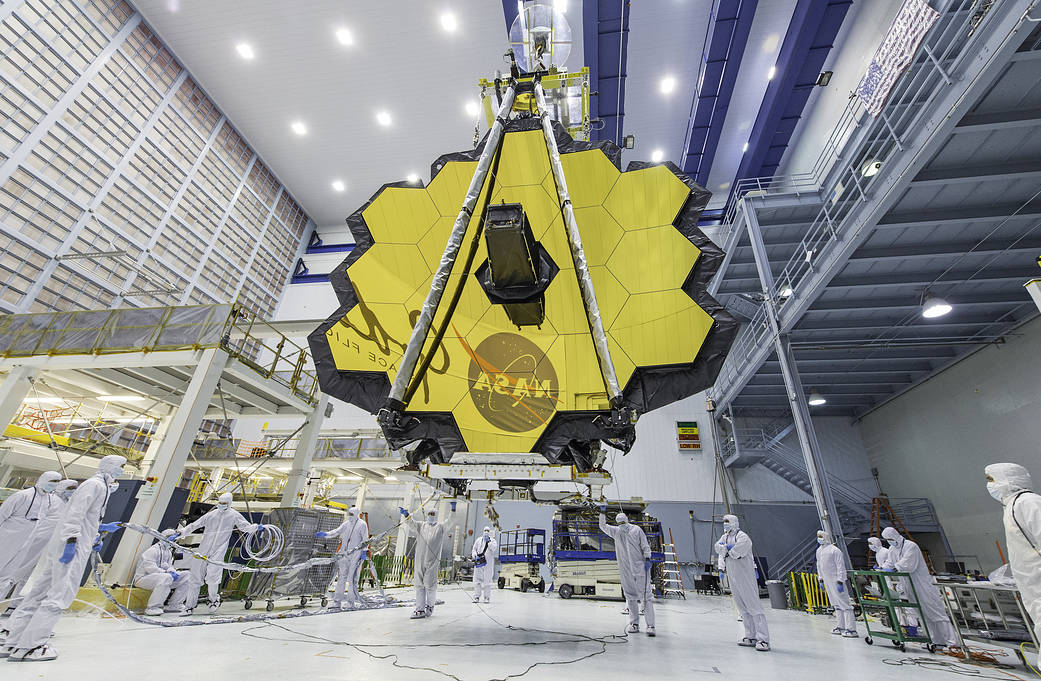
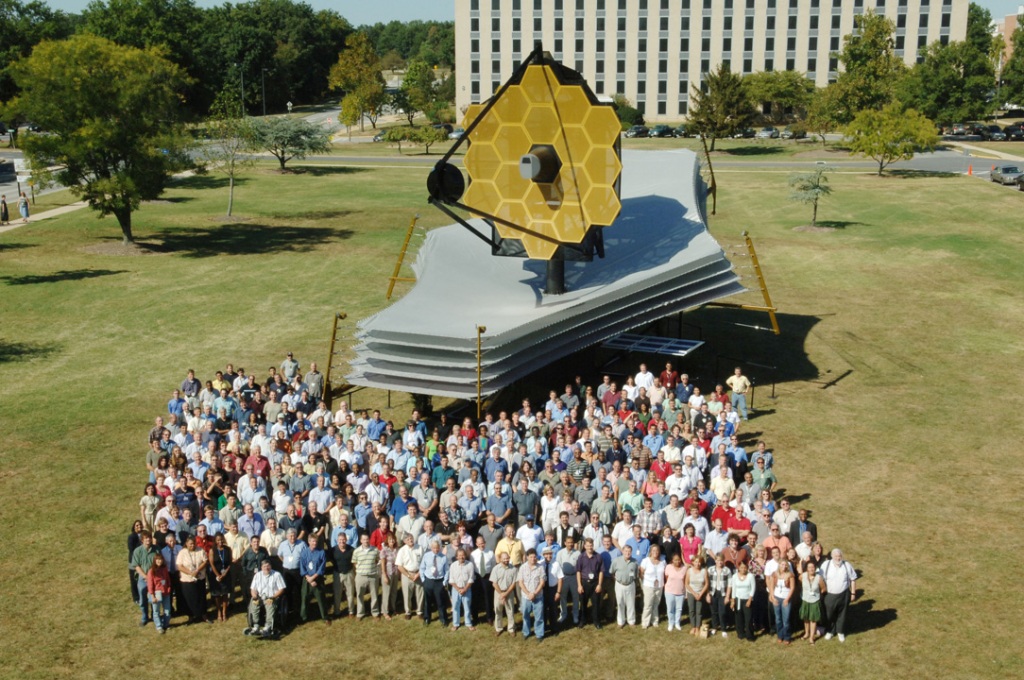
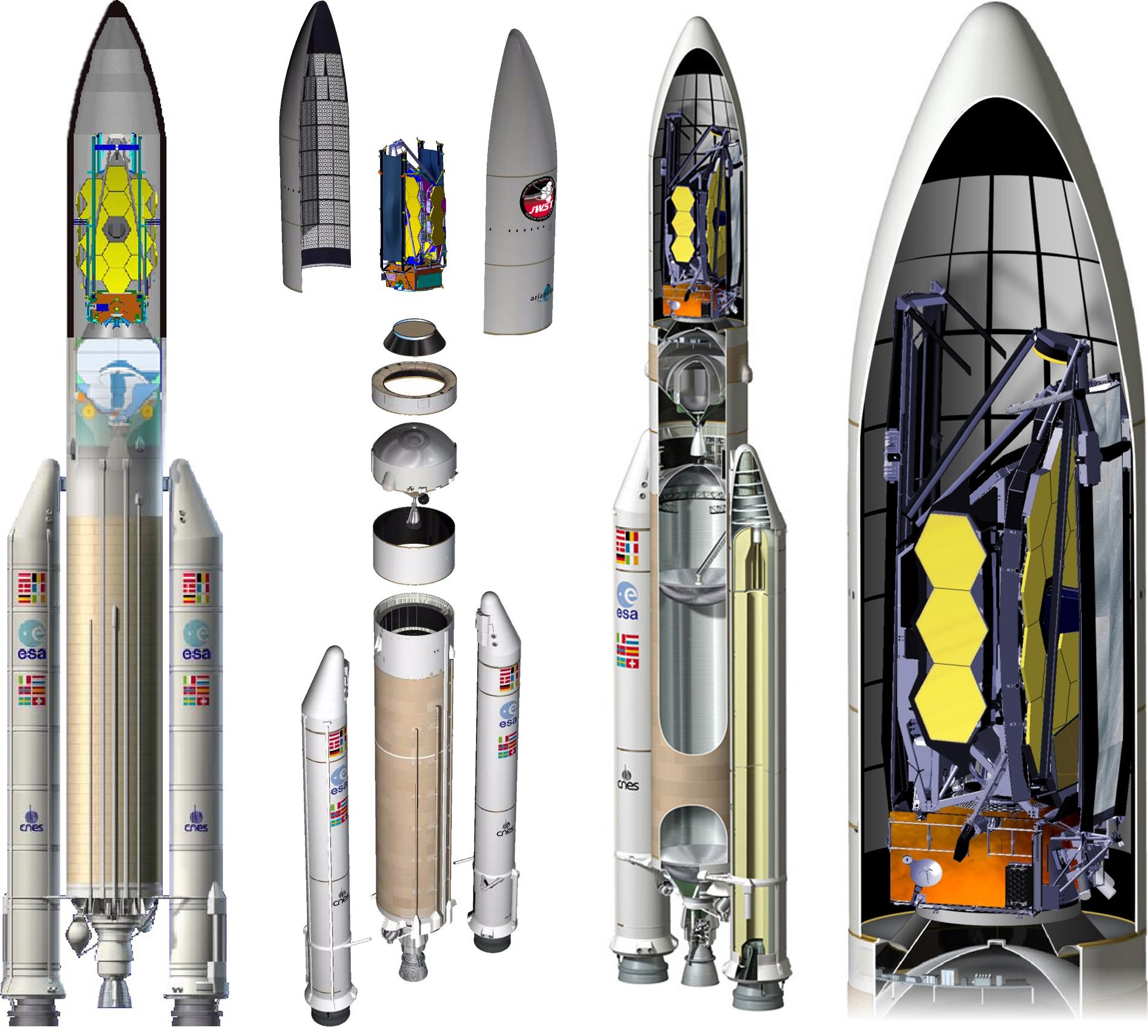
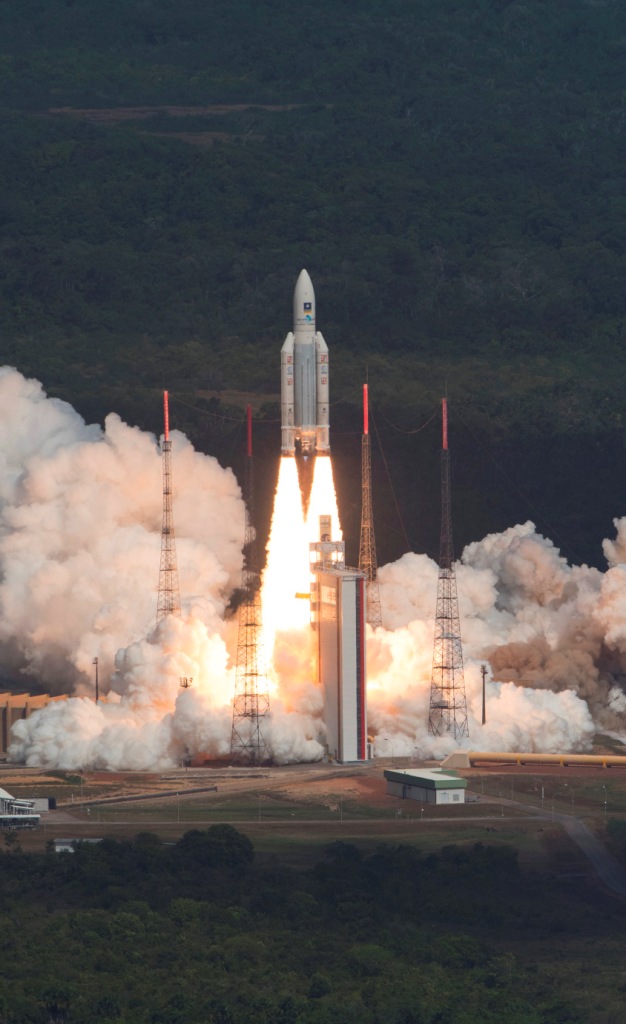
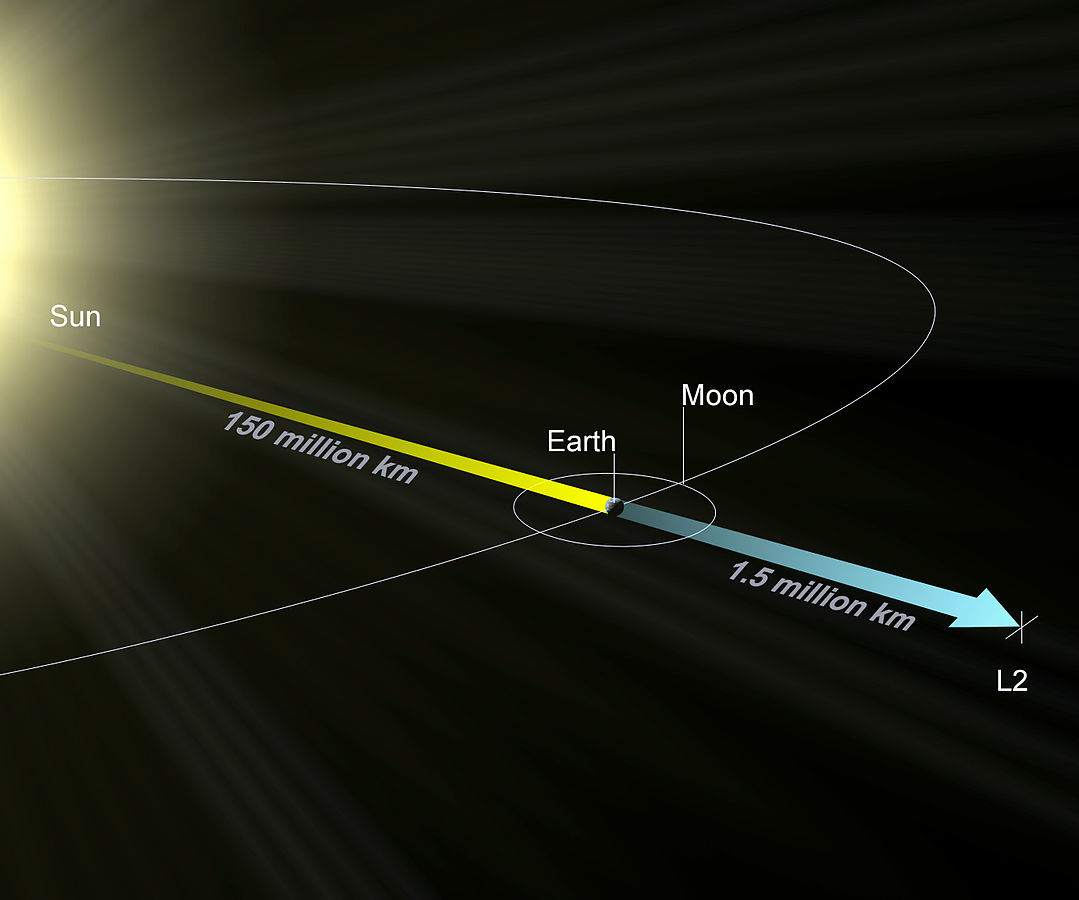
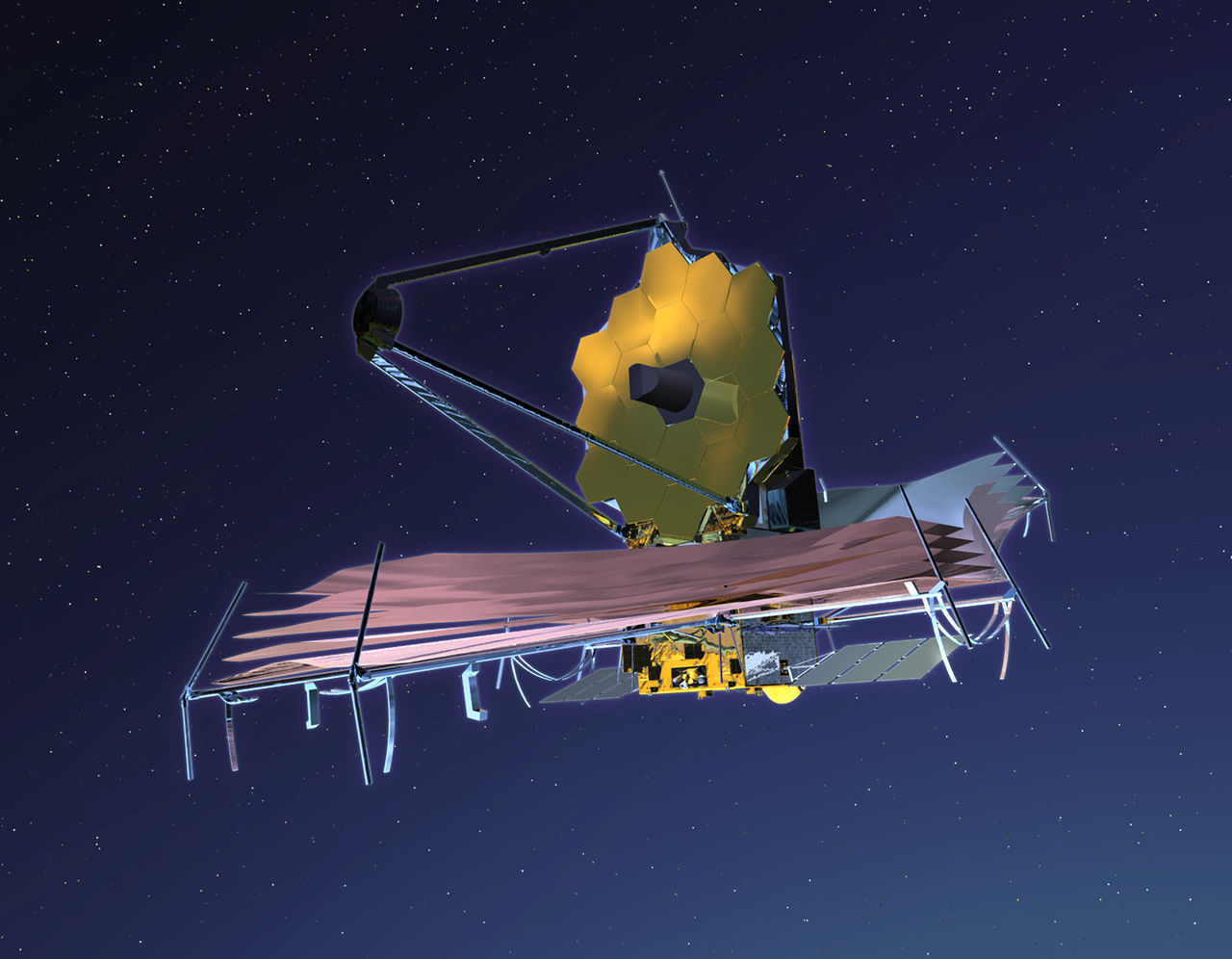
Full Scale
Relative Size
NIRSpec-tacular
JWST Eyes
Golden Eyes
Snow Cleaning
Cryogenic Tests
Open Wide
Mirror Testing
Primary Mirrors
Ultimate Sunshade
Golden Bloom
Full Scale
Packed and Ready
Ariane 5 Liftoff
JWST Orbit
Deep Space Lab



















